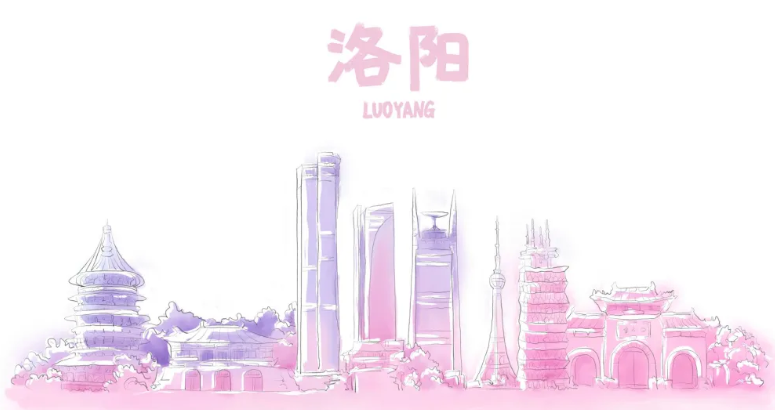本文转载自北大外文学堂,仅供个人学习使用。
Xi’an is the capital of Shaanxi Province and was also known as Chang’an (Eternal City) in ancient times. It is one of the six ancient capital cities in China. It has a history of more than 3,000 years. It is regarded as one of the birthplaces of the ancient Chinese Yellow River Basin civilization. Xi’an served as the capital of 13 dynasties and kingdoms, such as Western Zhou (1046 BC—771 BC), Qin(221 BC—206 BC), Western Han (206 BC—24 AD), Sui(581—618) and Tang (618—907). So far, Xi’an enjoys equal fame with Athens, Cairo, and Rome as one of the world’s four major ancient civilization capitals.
With its long, glorious history and rich cultural heritage, Xi’an has been attracting millions of tourists both from home and abroad. It enjoys the laudatory title of “Natural History Museum”.
The historical and cultural sites and relics in Xi’an and surrounding areas fall into the following five categories:
1. The ruins of the primitive society
2. The ruins of ancient palaces, towns and cities
3. The tombs and mausoleums of kings and emperors in history
4. Ancient temples and famous monasteries
5. Artistic pieces of stone steles and stone carvings
The main tourist attractions in Xi’an include: the Museum of Terra Cotta Warriors and Horses, Mausoleum of Emperor Qin Shi Huang, the Stele Forest, the Big Wild Goose Pagoda, the Great Mosque, the Small Wild Goose Pagoda, Bell Tower, Banpo Museum, Huaqing Hot Springs, E’pang Palace and old City Wall .
With the unique historical and cultural background, Xi’an has become one of the most famous tourist cities in China. Therefore, the tourism and hotel industry here have witnessed great and sustainable growth.
Besides being a tourist attraction, Xi’an is also an important industrial city. A comprehensive industrial system has taken shape in the city, including aviation, space flight, electronics, machine building, and textile industries.
The total area of Xi’an city covers approximately 10,000 square kilometers. Its population totals over 6.2 million, and among them 99% are of Han Chinese Nationality.
Luoyang is located in the western part of Henan Province, stretching across the middle reaches of the Yellow River. It consists of one city, eight counties, and six districts. Luoyang encompasses more than 15,000 square kilometers, with a total population of over 6 million. The city proper covers an area of 544 square kilometers.

The long history as a center of China’s public life has left Luoyang with a rich cultural heritage. The precious cultural relics unearthed here total more than 400,000 pieces. It has attracted millions of domestic and inbound tourists every year. In Luoyang, there are 8 major historical and cultural sites under state protection, 54 under provincial protection and 1074 under municipal and county protection.
These cultural relics include the Longmen Grottoes, which are among China’s most famous grottoes. It is regarded as a treasure house of Buddhist culture and art. Work on the carvings started in 493 and it took more than 400 years to complete. Along the cliffs lining the Yellow River, there are more than 2000 niches and 2500 inscribed stone tablets. The Longmen Grottoes display the features of both imperial and Buddhist style. In November 2000, they were inscribed on the World Heritage List by UNESCO.
The Baima (White Horse) Temple, lying 10 kilometers east of Luoyang, was the cradle of Chinese Buddhism. It is the first Buddhist temple established by the Eastern Han Dynasty after Buddhism was introduced into China.
Luoyang has many beautiful natural scenic spots, too, such as the Yellow River, Xiaolangdi Reservoir, Baiyun Mountain National Forest Park and Songshan Mountain.
Luoyang is a city with moderate temperature and humidity. Its climate is therefore highly suitable for cultivating flowers; among these flowers, the peony is renowned for its unique beauty and dignity. It has been crowned “the king of flowers” and “the symbol of grace”. In 1982, the peony was designated the city flower. Luoyang has taken advantage of its peony culture to promote tourism and accelerate economic growth. Every April, when the peony is in full blossom, Luoyang holds a peony fair. Thousands of people swarm to the city to have a real taste of the beautiful colors and charming fragrance.
Luoyang is known as the place where China’s west and east meet. Now it is a very important communication hub in central part of China. It has also developed into an important industrial city.